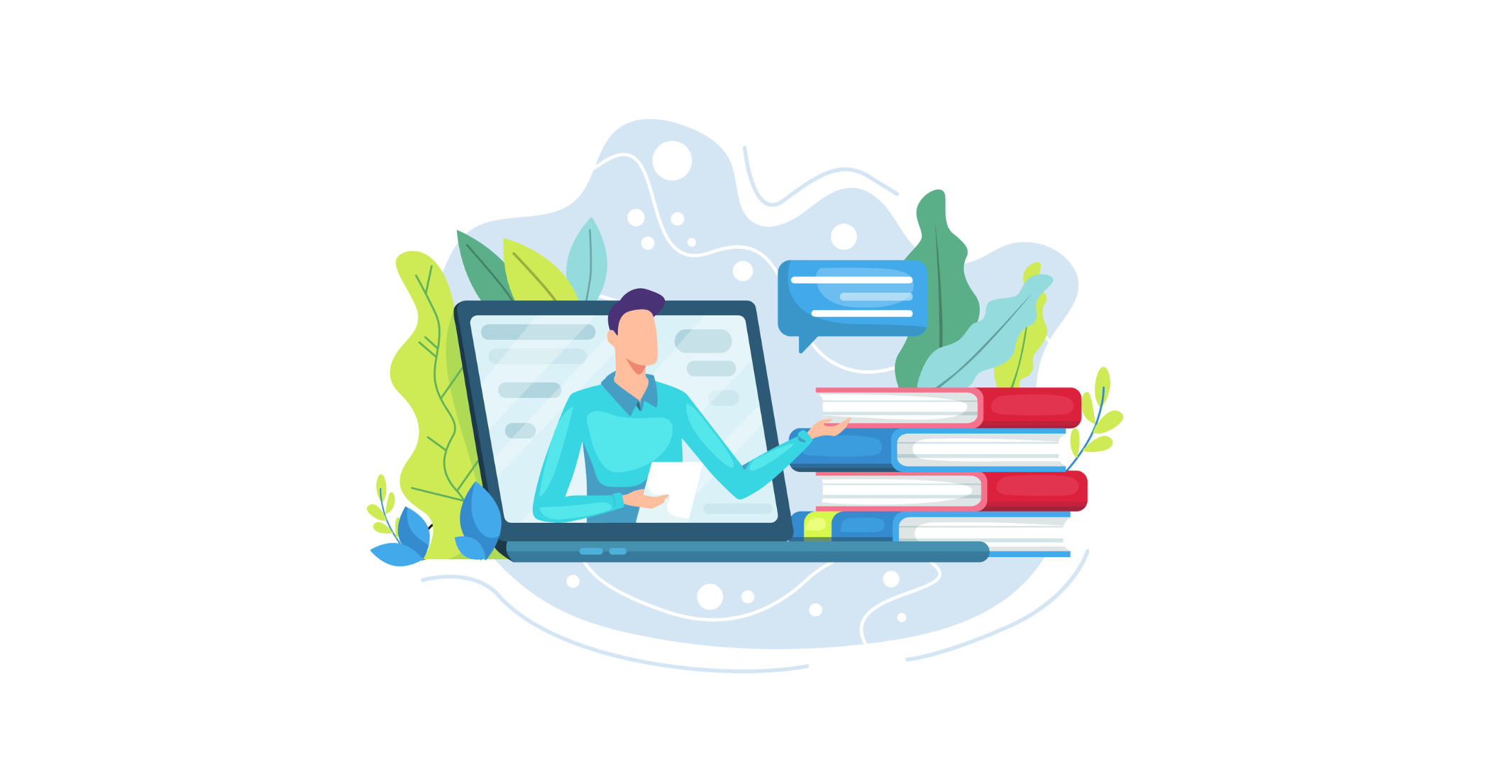Polytechnics are supporting graduate success by equipping students with skills, connections and mindsets tailored to a new world of work. At the 2024 Polytechnic Showcase in May, the Southern Alberta Institute of Technology (SAIT) profiled their approach to student engagement at every touchpoint of the journey to, through and after attending the applied learning institution.
Jamie McInnis, Director of Applied Research and Innovation Services at SAIT, shared how the institution’s digital storytelling platform and Capability Framework not only enhance student engagement but also ensure that graduates are well-prepared to meet emerging industry needs.
Polytechnics Canada: Your session highlighted a SAIT student’s journey from initial program exploration to graduation using an “avatar student” but informed by real feedback and commentary SAIT has received. What inspired your team to use digital storytelling to highlight how SAIT engages its students?
Jamie McInnis: Our team wanted to share what we do from the student perspective. Since everything we do is for students, we initially pulled all student tweets and posts to build our digital storytelling platform.
As an institute of technology and considering that AI is a hot topic, we decided to include a virtual avatar student. This avatar helped us build a persona around testimonials from real students compiled from social media, while safeguarding their identities.
PC: One of the things that really stood out in your session is how SAIT’s Capability Framework is affecting every part of the institution, from facilities to the Registrar’s office, applied research to student life. Can you expand on how this framework also supports emerging industry needs?
JM: SAIT’s Capability Framework is designed to meet industry needs. By engaging current, past and potential partners, we gather insights into what they require in terms of workforce-ready graduates. Industry needs people with more than just technical knowledge. Our Capability Framework makes our graduates attractive by equipping them with the mindset and skills that exceed the basic aptitudes of a job description.
PC: It is clear that your team is laser focused on connecting students with the labour market and ensuring students feel ready for success. How do your industry partnerships shape the tools and strategies SAIT uses?
JM: Industry partners are integrated in our work at every possible point. We maintain close relationships with them, engage them on projects and consult about strategic directions. They participate on advisory boards within our faculties, schools and research centres.
Students benefit from the ability to apply class work to the workplace through practicums, co-ops and capstone projects. These mechanisms allow our students to build on the practical skills and knowledge they’ve developed at SAIT, acquiring real-world experience and mentorship opportunities. This approach deepens and enriches our student’s educational experience while helping them build career connections and gain industry work experience.
PC: What do you envision for the future of SAIT’s approach to student and employee development? Are there trends or challenges you’re identifying along the way that will influence future directions?
JM: In applied research, we are building a Student Engagement Framework that aligns with both the Institutional Strategic Plan and the Applied Research Strategic Plan. Our employees and students will work closely together, enhancing each other’s experiences and learning from one another. This approach allows us to rapidly respond to the changing needs of industry.
To achieve this, we need strong, trusting relationships and connections with other post-secondary institutes. No single institute can meet all needs. Instead, we must work together, each playing a role to address Canada’s skill needs. We are building an ecosystem of learning, needs assessment and responsive training.
New trends and challenges in post-secondary education drive us to innovate and focus on generating added value. The student experience has become a unique differentiator, where the “soft skills” acquired during the student journey and the Capability Framework become assets for student success. Overall, human connections built in this environment can represent one of our greatest strengths.

